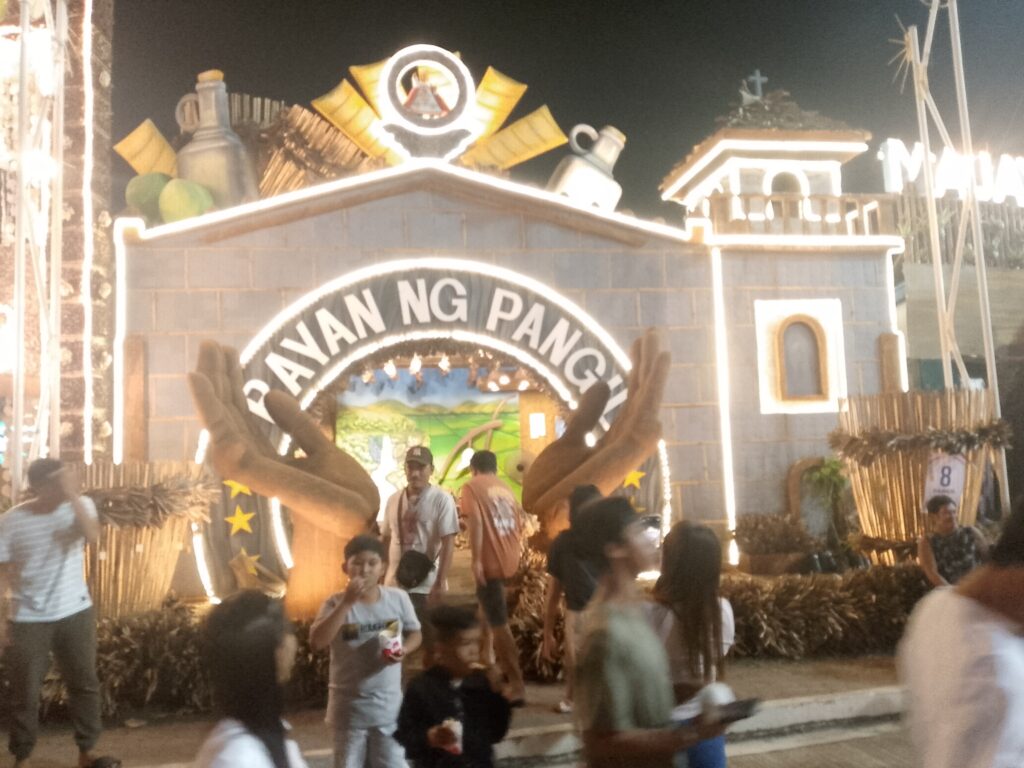
Pangil, Laguna: A Town of Nature and Heritage
Pangil, a serene and historic municipality in Laguna, Philippines, is a hidden treasure known for its natural beauty, rich history, and welcoming community. Situated in the northern part of the province, this charming town offers a refreshing escape with its lush landscapes, rivers, and cultural heritage.
Historical Background
Founded during the Spanish colonial era, Pangil has a deep-rooted history reflected in its old churches and traditional structures. The town is believed to have derived its name from the Tagalog word “pangil”, meaning “fang,” possibly referring to the shape of the land or the presence of crocodiles in the river during ancient times. The influence of Spanish rule is evident in Pangil’s religious sites, including the historic Saint James the Apostle Parish Church, which remains a significant landmark for locals and visitors alike.
Natural Attractions
One of the town’s most famous attractions is Ambon-Ambon Falls, a breathtaking waterfall located within a lush forest. Ideal for trekking and nature trips, the falls provide a tranquil retreat for those looking to relax and enjoy the beauty of nature. Another notable site is the Buntot Palos Falls, also known as the “Eel’s Tail Falls,” a majestic hidden gem that requires an adventurous trek to reach.
Pangil is also home to the Pangil River Eco-Park, where visitors can enjoy river rafting, bamboo rafting, and picnics amidst scenic views. The town’s natural springs and rivers make it a haven for eco-tourism and outdoor enthusiasts.
Culture and Festivals
Like many towns in Laguna, Pangil celebrates various festivals that reflect its cultural heritage. The feast of Saint James the Apostle, the town’s patron saint, is a major religious event held every July. This celebration includes processions, traditional dances, and community feasts. Pangil’s local festivities showcase the town’s strong sense of faith and unity.
Economy and Livelihood
Pangil’s economy is largely based on agriculture, with residents engaged in farming, fishing, and small-scale businesses. The town produces crops such as rice, coconut, and fruits, which contribute to its local trade. Eco-tourism is also growing, providing opportunities for locals to promote their town’s natural wonders.
How to Get There
Pangil is accessible via public and private transportation from Metro Manila and other parts of Laguna. Buses and vans travel to nearby towns like Siniloan and Famy, where visitors can take jeepneys or tricycles to reach Pangil. The scenic drive through Laguna’s countryside makes the journey enjoyable.
Conclusion
Pangil, Laguna, is a destination that offers both adventure and heritage. With its waterfalls, eco-parks, and historical sites, it provides an enriching experience for travelers looking to explore the lesser-known gems of Laguna. Whether you are a nature lover, a history enthusiast, or simply in search of a peaceful retreat, Pangil is a town worth discovering.



